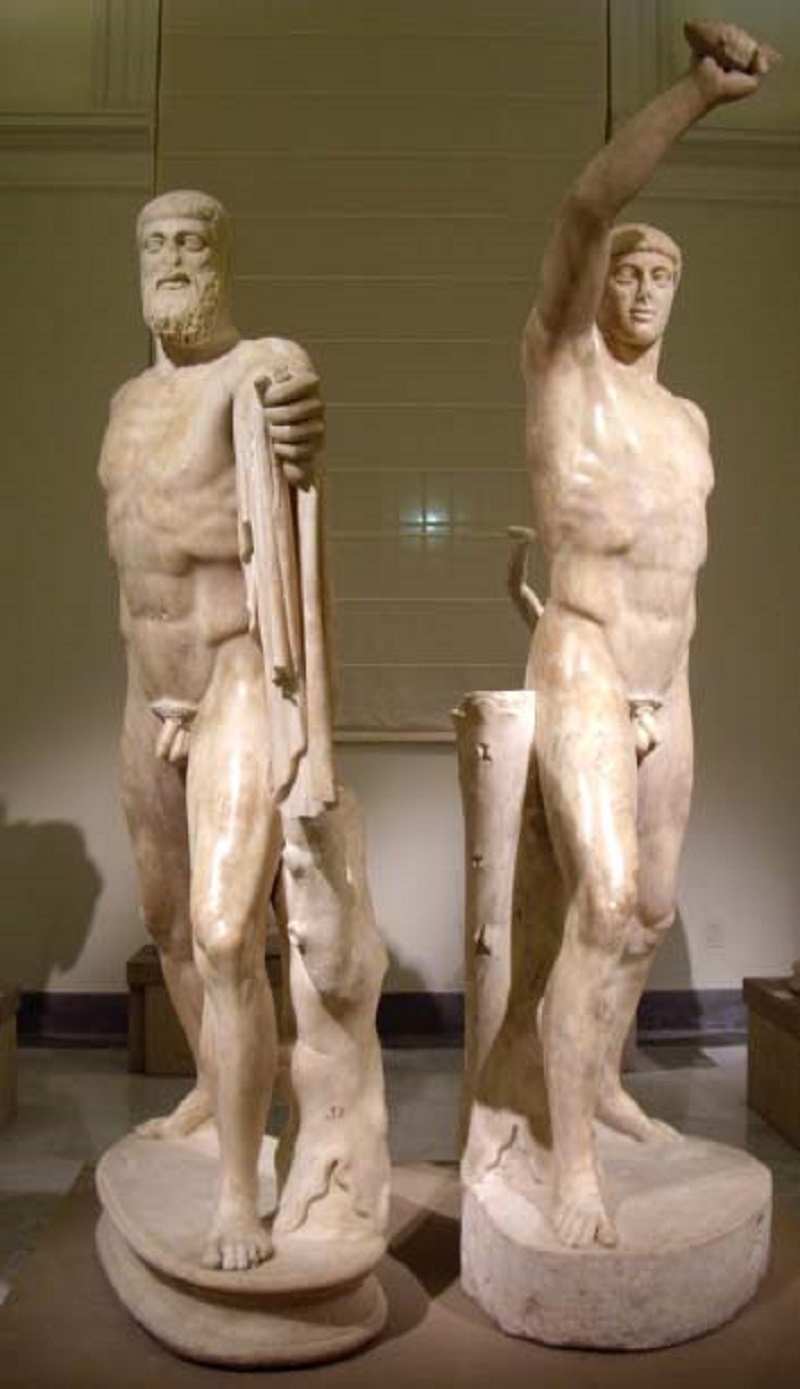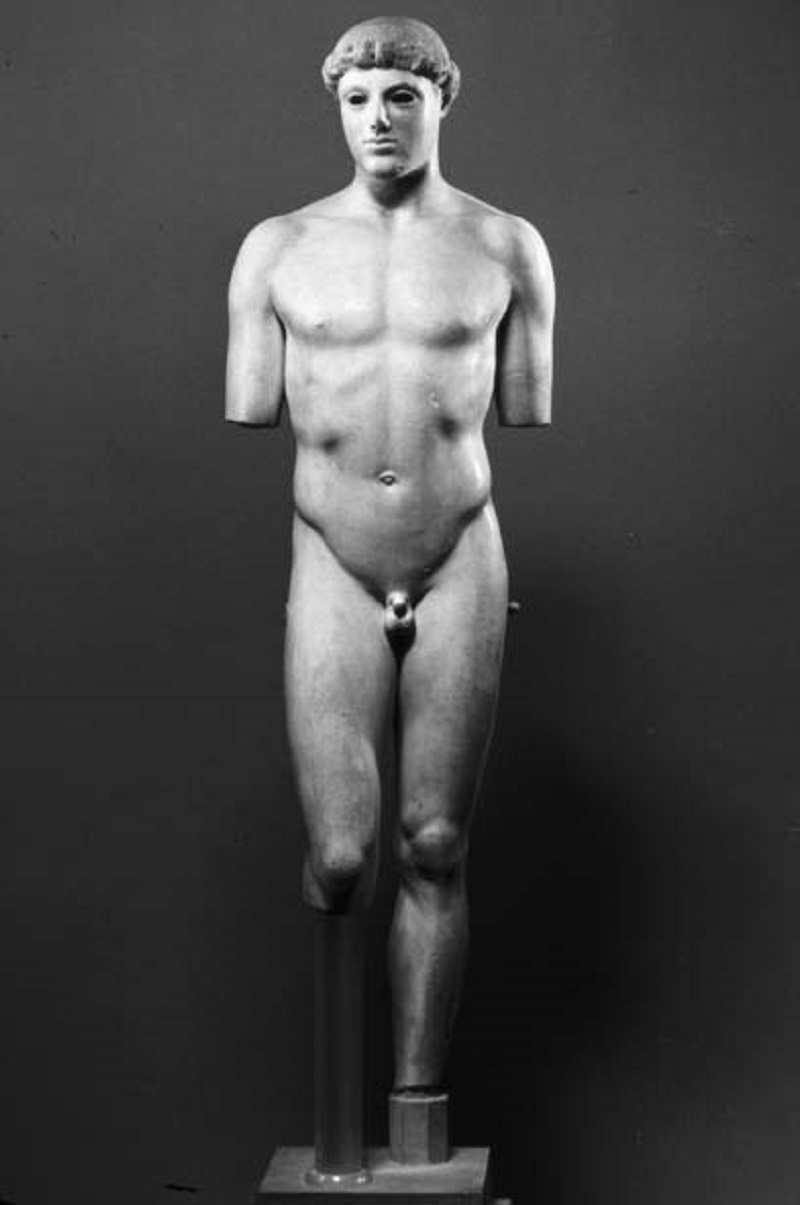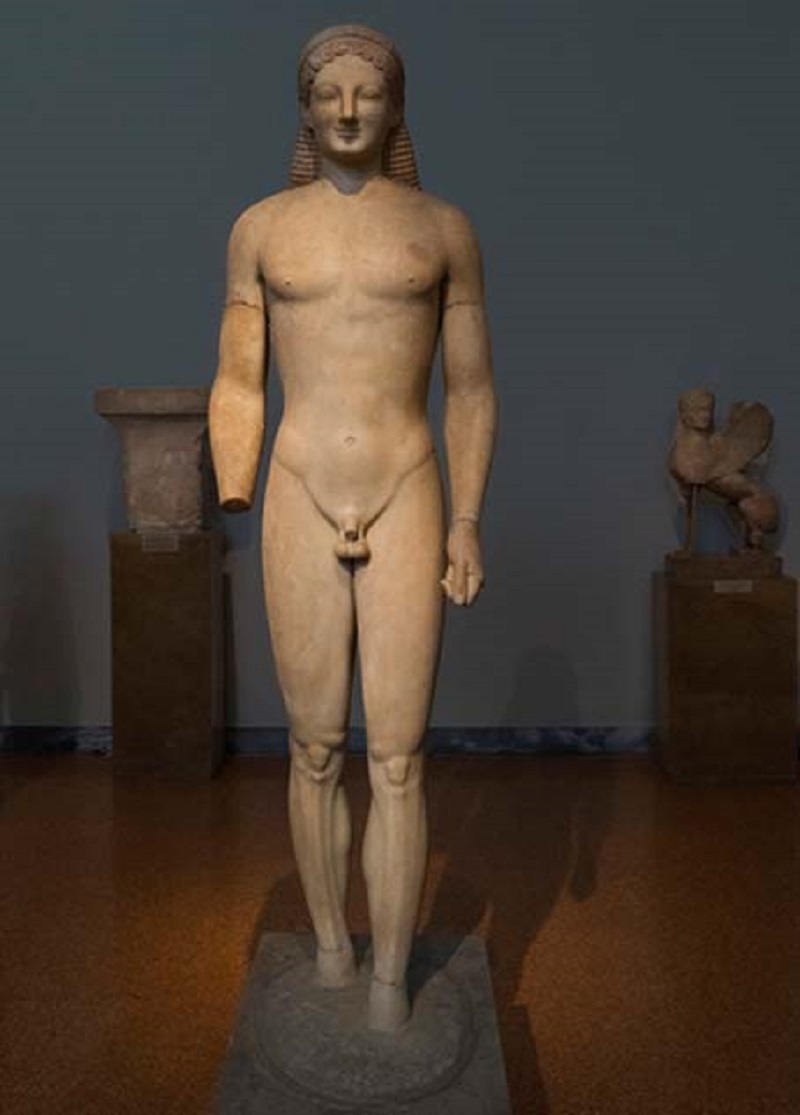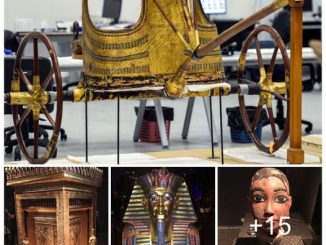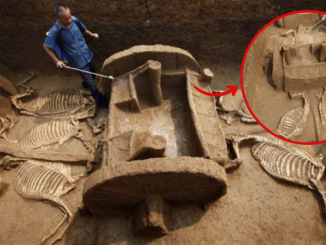The Boy Kritios is an early classical Greek sculpture with an eventful history. He began his life at Athens’ world-famous Acropolis 2,500 years ago, was damaged during the Persian onslaught in 480 BC, buried to prevent further destruction , its body was rediscovered in the rubble more than two millennia later and reunited with its head. after 23 years. He remains a prime example of the artistic transition between the Archaic and Classical sculptural styles of ancient Greece.
Kritios’s masterful creation
This famous sculpture, also known as the Kritian boy, is skillfully created in marble and is believed to have been sculpted in the early 5th century BC. The boy Kritios was so named because it was believed to be the work of the Athenian sculptor Kritios. This attribution is based on the similarity between the head of this sculpture and that of Harmodius, another work by Kritios. The latter is a sculpture in a pair known as the Tyrannicides, and although the original no longer exists, Roman copies of this work in marble have been found.
The head of Harmodius (right) bears a striking resemblance to the boy Kritios (virtusincertus/flickr)
The boy Kritios was discovered
The boy Kritios was discovered in 1866 when excavations were underway in the Acropolis of Athens to build the Old Acropolis Museum. Marble sculpture excavated from Perserschutt (meaning ‘Persian fragments’ or ‘Persian ruins’). In 480 BC, the Persians succeeded in capturing Athens and looted and burned the city. As a result, many sacred temples were looted, vandalized or destroyed. When the Athenians returned, they ceremonially buried the desecrated objects. One of them is Kritios Boy.
Kritios Boy sculpture (Xuan Che / Flickr)
Reunited with his head
Although the statue’s body was found in 1866, its head was only excavated 23 years later, in the area between the museum and the south wall of the Acropolis. The statue’s feet and hands did not remain. Although the removal of the statue’s hands and feet may have been the work of the Persians, they may not have necessarily been responsible for the statue’s decapitation, as the Athenians were known to occasionally decapitate the statue. the heads of their statues.
Kritios boy’s natural appearance
Kritios Boy can be described as a smaller than life-sized sculpture, as it is approximately 86 cm tall, thus slightly smaller than a real person. The most important aspect of Kritios Boy is its posture, called contrapposto, an Italian term that can be translated as “calm”.
This sculpture is significant because it is the earliest known classical Greek sculpture showing contrapposto. This pose is achieved by placing more weight on one of the sculpture’s legs, which will cause the body to react to this weight shift. As more weight is placed on the left leg, the left pelvis is pushed upward, while the left shoulder drops to counteract the impact of the pelvis. The opposite is also true for the right side. The result of this is a sculpture with a more natural appearance.
This naturalism was a new innovation at the time, as the traditional kouroi (statues of ancient Greek youths) of the earlier Archaic period could be said to be more abstract, rigid, and secondary. depends more on geometry. Besides contrapposto, there are several other characteristics of Kritios Boy that distinguish it from kouroi. For example, it has been pointed out that the rib cage is depicted as naturally expanding, as if the statue were breathing. Additionally, while the kouroi of the Archaic period have a distinct smile, the Kritios Boy has a more austere expression and his lips are more accurately represented.
A sculpture from the Archaic period, more rigid and more dependent on geometry. Myrrhinous Kouros (TC. 540 – 530). Credit: Egisto Sani/Flickr
Although the contrapposto pose was eventually lost, it was rediscovered once again by artists of the Italian Renaissance. Although the Kritios Boy may have been the first sculpture to show this pose, it was later statues that contributed to this rediscovery, as it was hidden for several centuries after the there. That being said, today we are aware of its importance and the impact it had on subsequent generations of ancient Greek sculptors. Today, Boy Kritios is displayed in the Acropolis Museum.
